The accepted solution has its pros (if, for simplicity, you see your index as a table, this is the only way to deal with rows naturally) but also cons (it allows the user to see too much information, by expanding the records that appear in the table; users cannot get an export of the values).
So if you plan to build tables to use in reports seen by users which should not see everthing and may want to get exports of the data, I recommend a different (hacky) approach using Table visualizations:
Say you have three columns A, B and C:
If there are no duplicates considering the combined values of A and B, you can use these two vales as aggregation fields, and then set a Max or Top hit Metric for C.
If even A, B and C have duplicates, then you can use the three of them as aggregation fields and add a Metric count, that will give you the number of repeated rows. This solution makes somehow sense, because instead of repeating the same row 'n' times you just tells you should have repeated 'n' times that row.
If A and B have duplicates but A, B and C are unique, then there is, afaik, no elegant solution. You have to use the three of them as aggregation fields, but then you would have a dummy metric at the end (e.g. count, always equal to 1).
Why? why do we have to go through all of this? that is another question...











